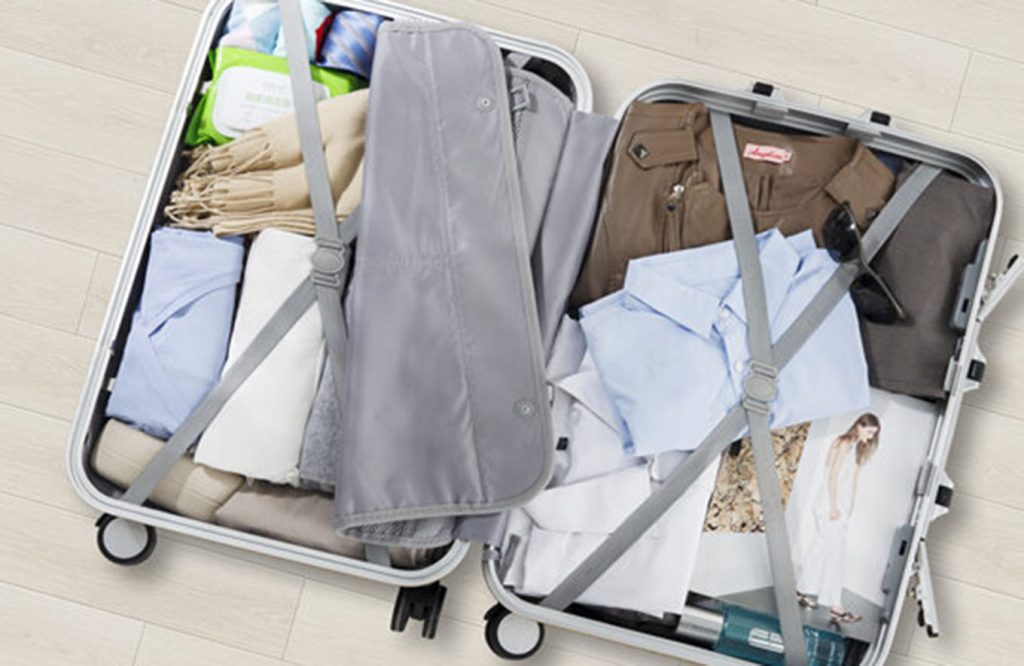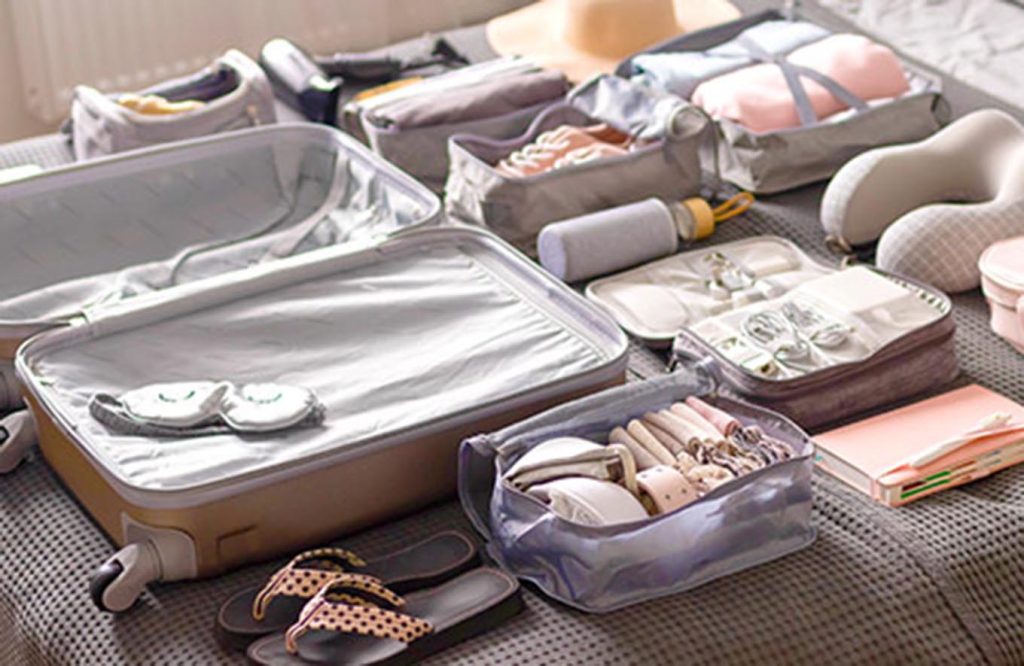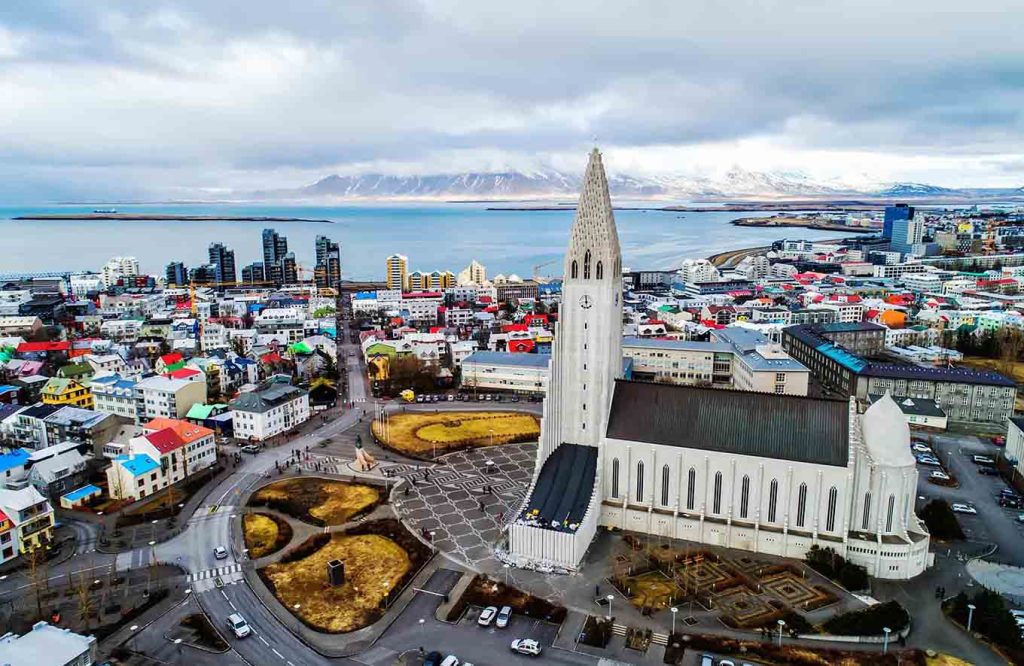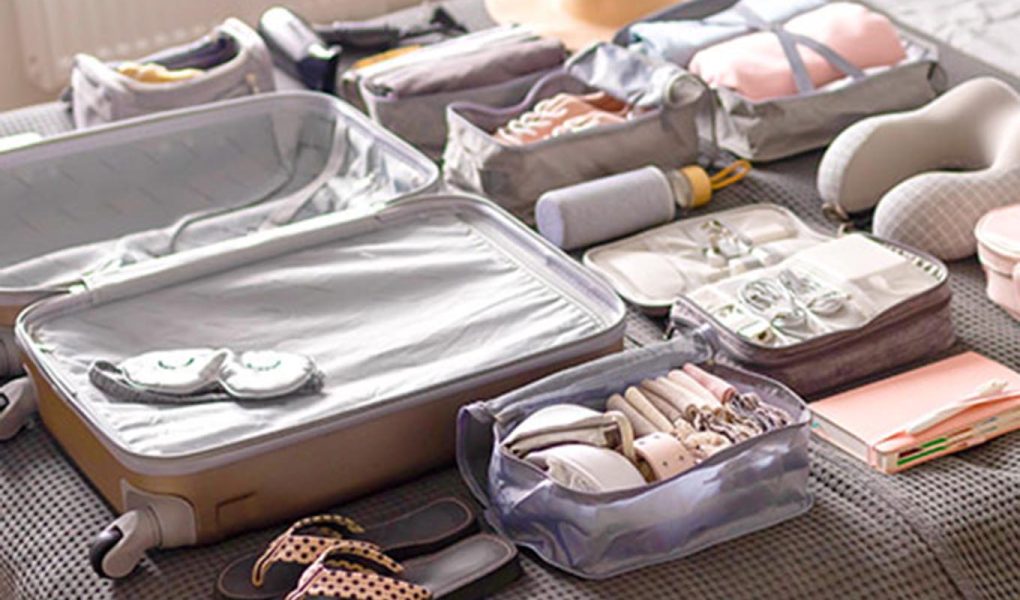Iceland, especially Reykjavik, is located near the Arctic Circle and is a city full of mysterious and magnificent natural landscapes. There are glaciers, volcanoes, hot springs and other unique natural attractions, as well as the winter aurora, a celestial phenomenon that cannot be missed. As the capital of Iceland, Reykjavik has become one of the destinations that travelers around the world yearn for, attracting thousands of tourists to explore this mysterious northern land.
However, due to Reykjavik’s unique geographical location, its climate is cold and changeable. Even in summer, the temperature is low and the wind is strong, especially in winter, when the temperature drops sharply and blizzards often occur. Therefore, before going to Reykjavik, tourists must be fully prepared and bring clothes suitable for extremely cold weather. Essential equipment such as waterproof and windproof jackets, warm underwear and high-quality hiking boots are essential. At the same time, you should also pay attention to the local weather forecast at any time to respond to weather changes in time.
1. Clothing equipment: Coping with the cold weather in Iceland
When traveling in Iceland, especially in winter, keeping warm is the most important thing. The temperature in Reykjavik is low all year round, especially in winter, when the temperature can drop to minus ten degrees Celsius, so suitable clothing equipment is particularly important.
1.1 Warm jacket
The coldness in Iceland is not only reflected in the temperature, but also because of the strong wind blowing all year round. For this reason, a windproof, waterproof and excellent thermal insulation jacket is essential. Choose a down jacket or high-performance waterproof jacket to effectively block cold wind and moisture and keep your body warm. In addition, it is recommended to choose a jacket with an adjustable hood to cope with bad weather.

1.2 Layering: inner layer, middle layer and outer layer
The weather in Iceland is unpredictable, so layering is the ideal way to deal with cold and moisture. For the inner layer, choose a breathable and moisture-wicking garment, such as a synthetic or wool long-sleeved T-shirt or vest. For the middle layer, wear warm clothing, such as a wool sweater or fleece, which will keep you warm without adding bulk. For the outer layer, wear a windproof and waterproof jacket to effectively deal with rain, snow and strong winds.
1.3 Waterproof pants
Reykjavik is a rainy city all year round and the streets are slippery after the snow melts, so a pair of waterproof pants is a must. Choose comfortable waterproof pants that can keep your lower body dry without affecting your mobility.
2. Footwear: Comfortable and cold-proof
Comfortable shoes are essential when traveling in Reykjavik. The weather here is often slippery, so choosing the right shoes is crucial.
2.1 Waterproof and non-slip hiking shoes
If you plan to do outdoor activities in Iceland, especially glacier hiking, volcano exploration, etc., waterproof, non-slip and good grip hiking shoes are essential. Make sure the soles are non-slip and provide sufficient stability on snowy or slippery roads. In addition, the shoes should be waterproof to prevent your feet from getting wet and keep them warm and dry.
2.2 Warm boots
Warm boots are equally important when walking on the streets of Reykjavik. Choose a pair of thick-soled waterproof boots that can not only effectively keep you warm, but also prevent moisture from seeping in. If the weather is particularly cold, remember to choose boots with wool lining, which can provide extra comfort and warmth.
3. Accessories and protective equipment
In addition to basic clothing and shoes, some accessories and protective equipment are also details that cannot be ignored when traveling in Reykjavik.
3.1 Windproof gloves and scarves
In Iceland, strong winds and low temperatures often go hand in hand, so a pair of windproof gloves is a must. Choose a pair of thick and waterproof gloves to effectively protect your hands from the cold. At the same time, a scarf is also essential, which not only protects the neck from the cold, but also provides additional protection in windy weather.
3.2 Warm hats
Winter hats are also important for maintaining body temperature. Especially in winter, the head is exposed to the cold wind and it is easy to lose body temperature. Choose a warm hat, preferably one that can completely cover the ears. Woolen products or hats with lining are the best.

3.3 Sunglasses and sunscreen
Although Iceland’s climate is cold, ultraviolet rays are still strong, especially in winter when the sun reflects. Sunglasses are indispensable to protect your eyes from strong light. In addition, despite the cold, you still need to apply sunscreen to prevent skin damage caused by ultraviolet rays.
4. Electronic products and accessories
In Iceland, especially in Reykjavik, taking pictures and recording travel details are the top priorities for many tourists. To ensure that you can successfully record this trip, the right electronic devices and accessories are also indispensable.
4.1 Waterproof Camera
Iceland is a place full of natural wonders. Landscapes such as the Northern Lights, glaciers, volcanoes and waterfalls are the subjects you must shoot. Waterproof cameras are very suitable for shooting in Iceland. They can be used normally even in snowy or rainy days, ensuring that your photography mission is worry-free.
4.2 Power Bank
Some areas in Iceland may have weak signals and unstable power supply, so it is important to carry a power bank with sufficient capacity. Make sure that mobile phones and other electronic devices can maintain sufficient power during long outdoor activities.
4.3 Thermos Bottle
Iceland has a dry climate, especially in the cold winter, so it is very important to stay hydrated. Carrying an insulated water bottle with you can keep hot drinks in cold environments and replenish water at any time during the trip.
5. Necessary travel documents and insurance
While preparing your travel equipment, make sure your travel documents are complete and purchase appropriate insurance for your trip.
5.1 Travel insurance
Iceland has harsh weather conditions, especially in winter. It is important to choose the right travel insurance, especially to cover medical, accidental, and trip cancellation. Make sure that the insurance covers adventure activities unique to Iceland, such as glacier hiking and snowmobiling.
5.2 Passport and visa
Iceland is part of the Schengen area. If you are a non-European tourist, be sure to apply for a visa in advance. At the same time, make sure your passport is valid to avoid affecting your trip.
5.3 Emergency contact information
Before going to Reykjavik, write down the local emergency contact information, including embassies, hospitals, and emergency rescue numbers. Plan for possible emergencies in advance and make sure that you can contact local service agencies at any time.

6. Reykjavik Travel Notes
6.1 Pay attention to weather changes
The weather in Reykjavik is unpredictable, and it is common to experience sunny days, rain, snow, and strong winds in one day. Therefore, keep an eye on the weather forecast and add or remove clothes at any time according to weather changes.
6.2 Respect the natural environment
Iceland’s natural environment is very fragile. Visitors should avoid destroying natural landscapes and comply with local environmental regulations. Do not disturb wildlife, especially birds and marine life, and protect Iceland’s beautiful environment.
6.3 Communicate with locals
The Icelandic people are known for their friendliness and hospitality, but in extremely cold weather, there are not many people on the streets. If you need help, you can ask for help from locals in shops, cafes, etc. They are happy to help.
6.4 Learn about transportation in advance
Although Reykjavik’s public transportation system is convenient, if you plan to visit attractions outside the city, especially those in remote areas, renting a car is a good choice. When traveling by car in Iceland, be sure to familiarize yourself with local driving rules, such as road conditions, speed limits, and the impact of weather on driving. At the same time, since Iceland’s road conditions can be more complicated in winter, it is best to confirm whether the vehicle is equipped with suitable winter tires before driving and ensure that the vehicle is in good condition.
6.5 Prepare enough cash and credit cards
Although most stores, restaurants and hotels in Reykjavik accept credit cards, it is still recommended to carry a certain amount of cash to deal with some special situations, especially in some more remote areas. In addition, remember to inform your bank in advance that you plan to go to Iceland to avoid payment difficulties due to credit card abnormalities. Most local transactions can be completed by bank cards, but cash may still be more convenient at small stalls or special places.
A winter trip to Reykjavik is a unique experience of close contact with nature. Being well prepared for this journey will not only ensure a comfortable and safe trip, but also allow you to leave beautiful memories in this magical land. With reasonable equipment preparation and careful travel planning, Iceland’s natural charm will become more accessible.



